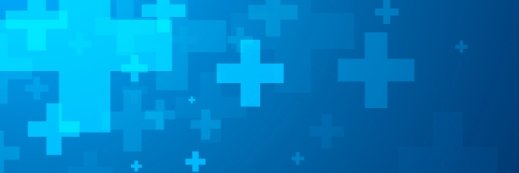
Getty Images
New mHealth App Identifies Stroke Signs Through Speech, Facial Movements
Researchers at Penn State and Houston Methodist say the mHealth app, which uses AI technology, is as accurate in identifying stroke symptoms as an ER doctor using a CT scan.
An mHealth app developed by researchers at Penn State and Houston Methodist Hospital reportedly can diagnose a stroke from a user’s speech and facial movements.
James Wang, a professor of information sciences and technology at Penn State, says the app, which can be downloaded on a smartphone or tablet, uses AI to identify signs of a stroke, and has been proven as accurate as an emergency room exam.
"Currently, physicians have to use their past training and experience to determine at what stage a patient should be sent for a CT scan," Wang said in a press release. "We are trying to simulate or emulate this process by using our machine learning approach."
Wang and his colleagues, who presented a paper on their project at the recent 23rd International Conference on Medical Image Computing and Computer assisted Intervention (MICCAI), created a telemedicine platform that uses natural language processing and computational facial motion analysis, then tested the platform on emergency room patients at Houston Methodist.
The database for the app was culled from the experiences of more than 80 patients with stroke symptoms. In testing the app, researchers reported an accuracy rate of 79 percent, which they said is comparable to an exam by an ER doctor using a CT scan.
"The acquisition of facial data in natural settings makes our work robust and useful for real-world clinical use, and ultimately empowers our method for remote diagnosis of stroke and self-assessment," Sharon Huang, an associate professor of information sciences and technology at Penn State and part of the research team, said in the press release.
The mHealth app is one of many connected health tools being developed to improve the detection and treatment of strokes, which affect roughly 795,000 Americans each year and kill more than 140,000. The tools range from telehealth platforms that analyze patient data to communication tools that allow care providers in remote locations – ranging from an ambulance to a rural hospital – to connect in real time with neurologists for quicker diagnoses and treatment.
"There are millions of neurons dying every minute during a stroke," John Volpi, a vascular neurologist and co-director of the Eddy Scurlock Stroke Center at Houston Methodist Hospital, said in the press release. "In severe strokes it is obvious to our providers from the moment the patient enters the emergency department, but studies suggest that in the majority of strokes, which have mild to moderate symptoms, that a diagnosis can be delayed by hours and by then a patient may not be eligible for the best possible treatments."
"The earlier you can identify a stroke, the better options (we have) for the patients," added Stephen T.C. Wong, the John S. Dunn Sr. Presidential Distinguished Chair in Biomedical Engineering at the Ting Tsung and Wei Fong Chao Center for BRAIN and Houston Methodist Cancer Center. "That's what makes an early diagnosis essential."






